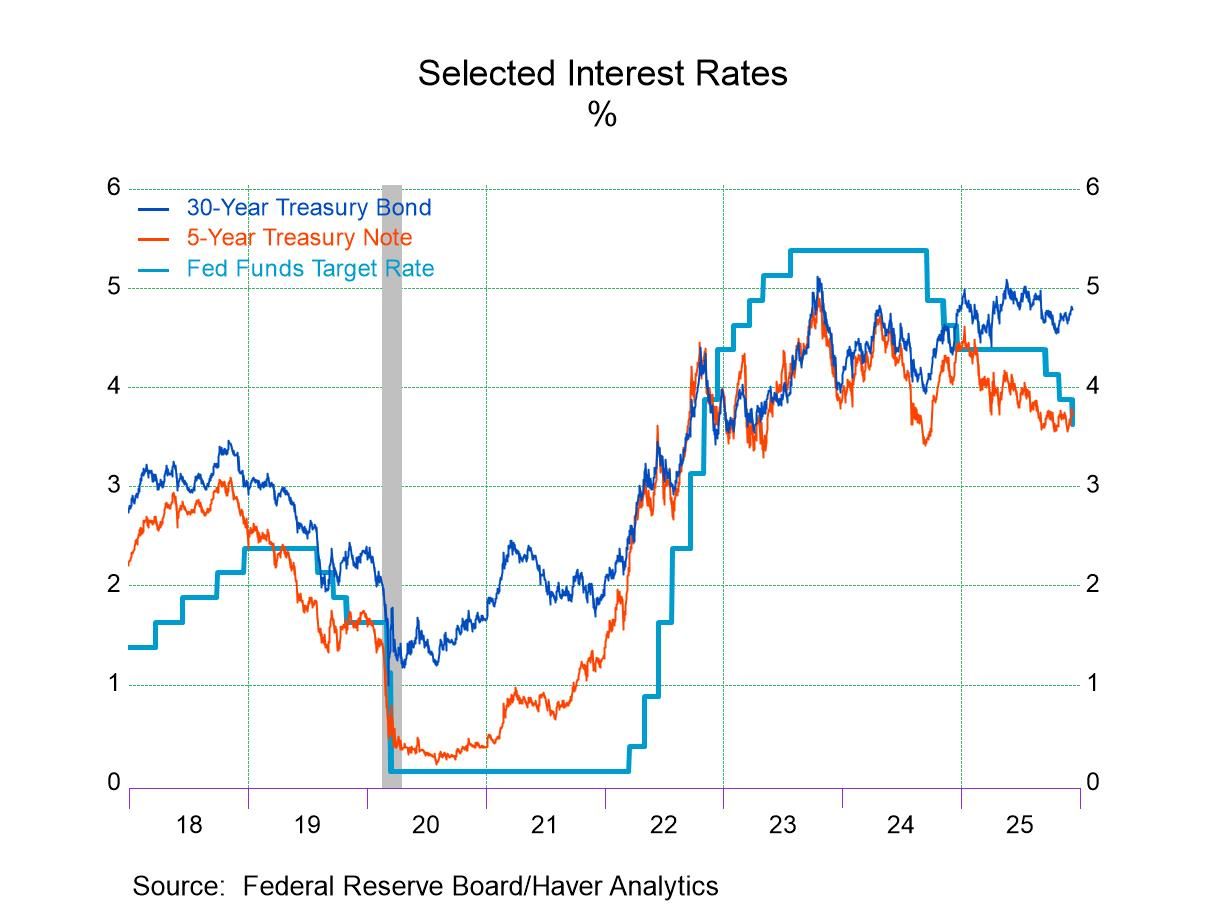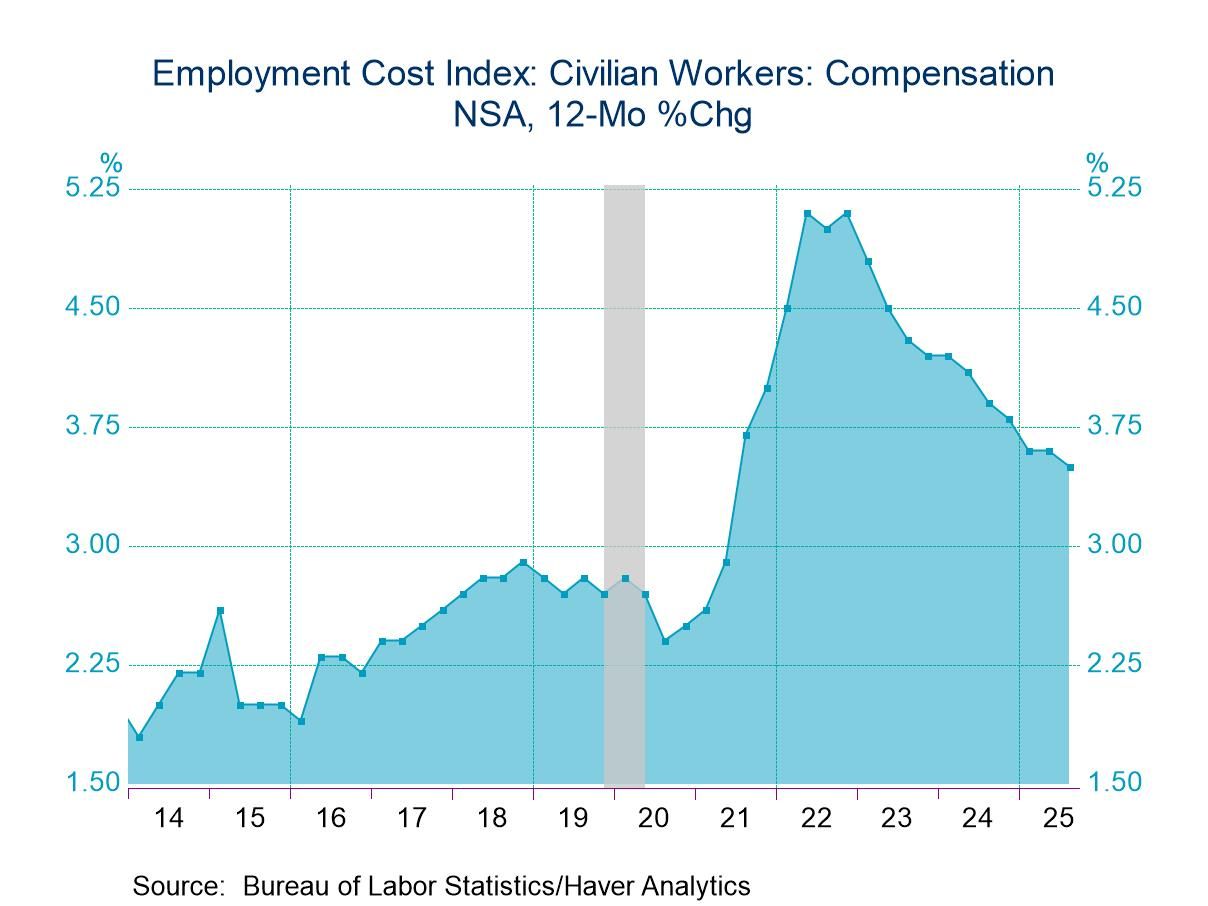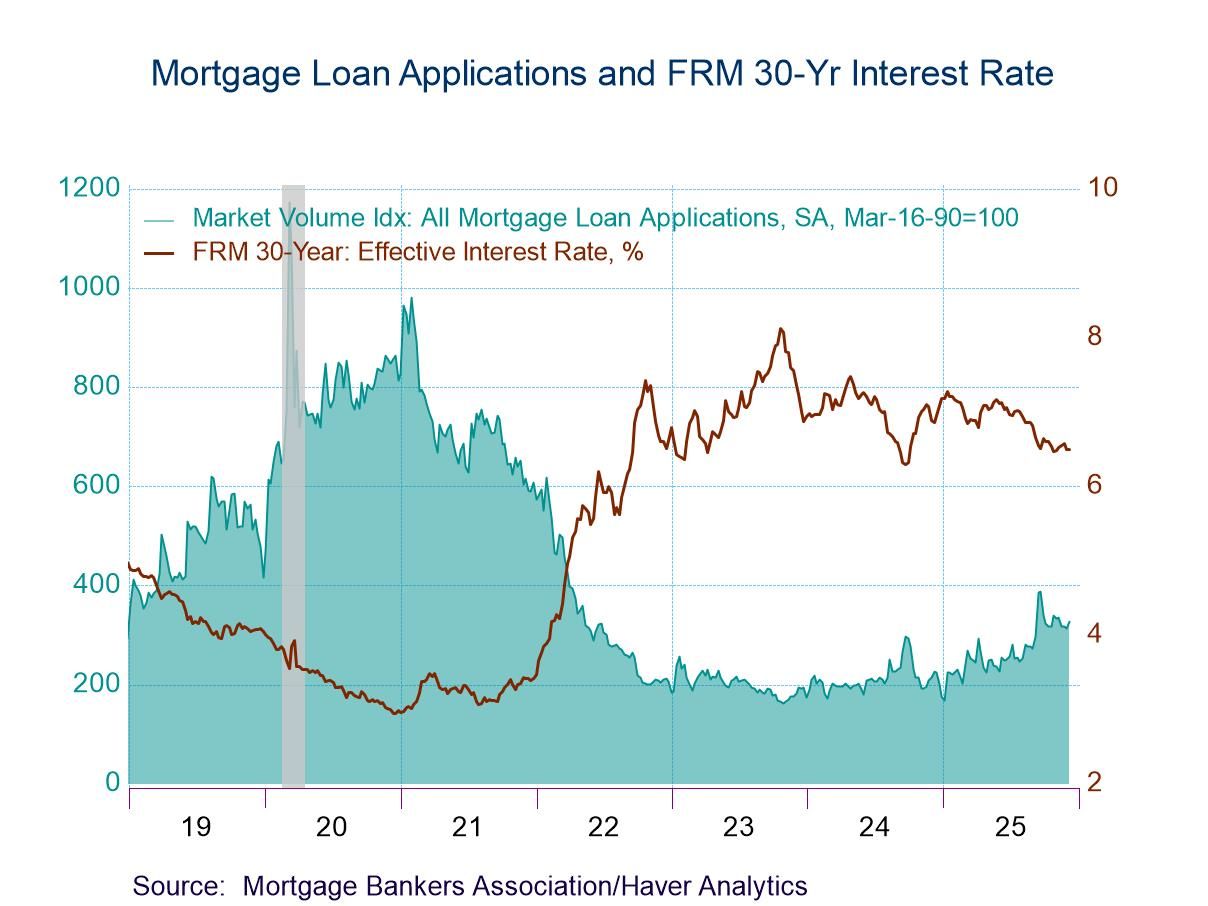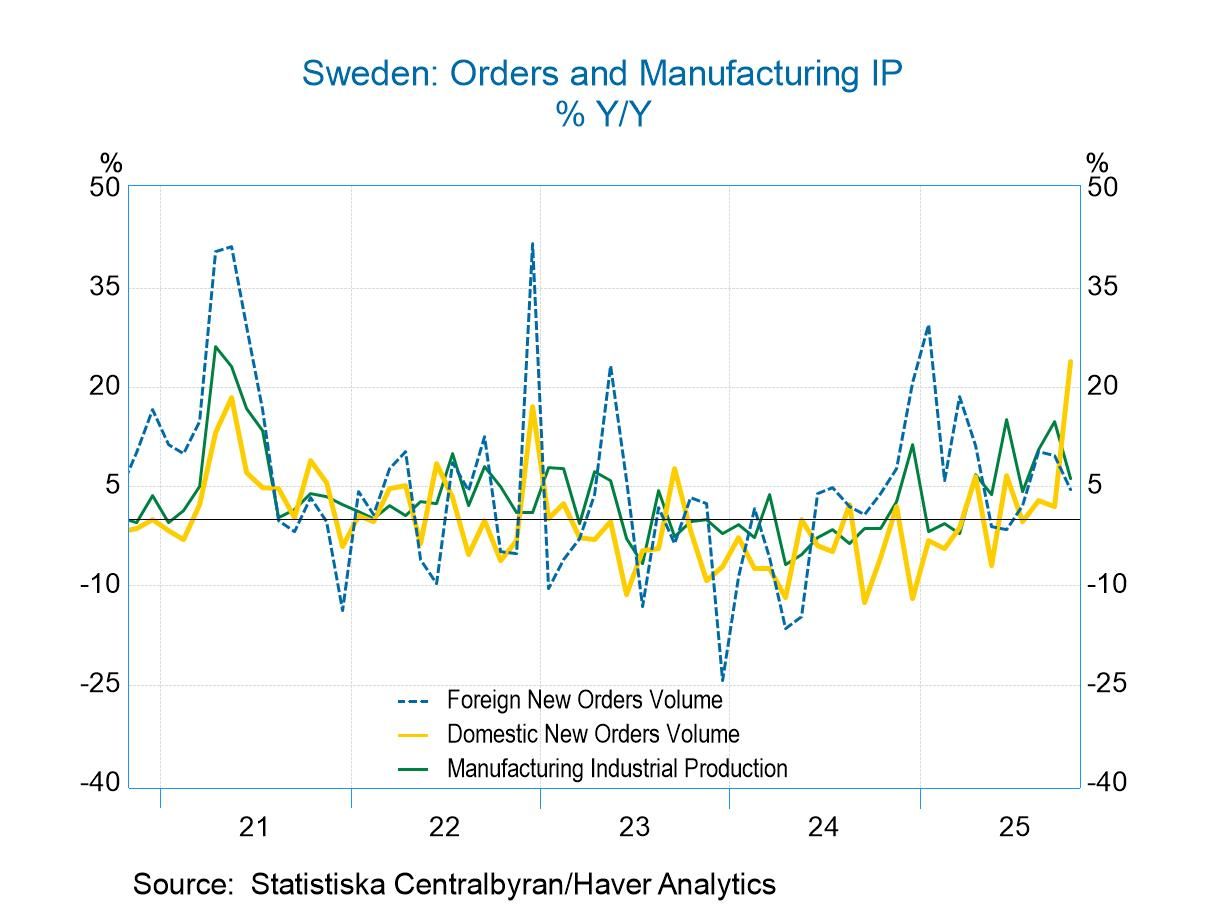China’s PMIs Recover But It’s Just One Month in a Row; Still, It Just Might Be a Trend

China's manufacturing and nonmanufacturing PMIs have improved in January; each of them rising significantly. The manufacturing PMI is up to 50.1 from 47.0 in December; the nonmanufacturing PMI has jumped to 54.4 from 41.6. Both were on a string of declines; January signals expansion for the first time in four months. In the case of each one of these readings, it's just an increase for one month in a row and, while it is only one month both the diffusion indexes - on top of improving - (for the first time since September in manufacturing and for the first time since June for nonmanufacturing) are above 50, indicating growth. In the case of manufacturing, it's barely any growth because the index is only at 50.1.
Optimism grows… Still, there is growing optimism in China because it has ended its zero COVID policies and that appears to be having an almost instantaneous impact on growth. These improvements are expected to continue. However, China is coming off a period of weakness as the 12-month, 6-month, and 3-month manufacturing and nonmanufacturing PMI averages show slippages over that time sequence.
Ranked on data since January 2019 the manufacturing and nonmanufacturing gauges are above their medians for the period, both have rankings above 50. Manufacturing has a ranking-reading barely above 50 at 51.0. For nonmanufacturing it's a much more substantial position above 50 at a 75.5 percentile standing. But both sectors are responding quite quickly which isn't surprising given the nature of the zero COVID policy and this tendency for that policy to hammer at nonmanufacturing and services sectors much harder than at the manufacturing sectors as demonstrated by the large gain in nonmanufacturing in January… as the policy was abandoned.

China's full manufacturing survey shows broad-based gains with improvements up and down the line in January although little net growth is achieved. In December most categories had deteriorated month-to-month and the same was true in November. The one-month improvement in the headline index in January is a theme that also seems to apply across most of the components of the manufacturing index.
And the manufacturing components are all showing weak standings in this table where we evaluate them back to 2005, a much longer timeline than in the previous table. Only two components have a percentile standing above their respective medians which means above their 50th percentile - and both of those are readings on stock levels. Stocks often tend to pile up as the economy slows down because firms are not able to cut ordering or reduce output as fast as demand dries up. Having a higher reading on stocks is not necessarily a positive development.

The sequential reading is a little bit more uneven, which is good news for manufacturing which otherwise has shown weakness until January. Over three months, among the 11 sectors, six of them show improvements. Over six months, five sectors show improvements with one of them unchanged. Over 12 months four of the sector measures show improvement, but the rest show deterioration. These changes show that there is more improvement across the categories over the shorter horizons indicating that there is some pickup in train. Since we are looking at changes in January compared to three months ago and since all the improvement as of January occurs only in that one-month, these calculations may not be as positive as they seem. However, getting behind the scenes of this survey, since we know that China is ending its zero COVID policy, there's a good reason to think that what's happening in January is going to have some staying power and may even be able to extend that strength.
Summing up So, for China, we're looking at some good news in January, we're seeing very strong improvement in the nonmanufacturing sector and seeing broad-based improvement across the components within manufacturing even as the manufacturing headline is showing the most moderate indication of growth. China appears to be turning a corner clearly enough that international agencies are starting to mark up their forecasts. There should be some positive knock-on effects for the rest of the world as well, even as we worry about the potential for an oncoming recession. It remains a complicated world picture.
Robert Brusca
AuthorMore in Author Profile »Robert A. Brusca is Chief Economist of Fact and Opinion Economics, a consulting firm he founded in Manhattan. He has been an economist on Wall Street for over 25 years. He has visited central banking and large institutional clients in over 30 countries in his career as an economist. Mr. Brusca was a Divisional Research Chief at the Federal Reserve Bank of NY (Chief of the International Financial markets Division), a Fed Watcher at Irving Trust and Chief Economist at Nikko Securities International. He is widely quoted and appears in various media. Mr. Brusca holds an MA and Ph.D. in economics from Michigan State University and a BA in Economics from the University of Michigan. His research pursues his strong interests in non aligned policy economics as well as international economics. FAO Economics’ research targets investors to assist them in making better investment decisions in stocks, bonds and in a variety of international assets. The company does not manage money and has no conflicts in giving economic advice.






